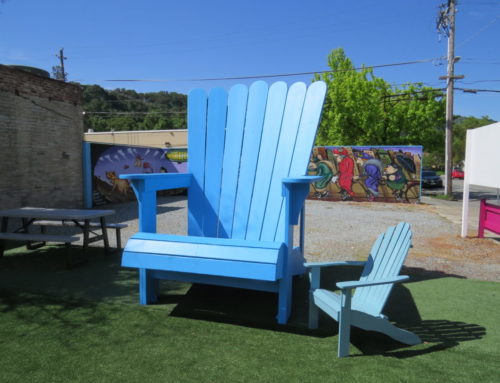Natural bones can often lead to illness, surgery or death of your dog
Published in the June 11-27, 2014 issue of Morgan Hill Life
By Jeanne Haggerty-Arcay

Dr. Jeanne Haggerty-Arcay
It is a common belief among many dog owners that bones are natural and safe for their pets to chew. This is not only a misconception but complications from chewing on bones are one of the more common reasons for a visit to the veterinarian and often the surgery table. Bones are unsafe, no matter the type or size.
Here are 10 reasons why you should not give bones to your dog:
1. Broken teeth: Teeth often become fractured during chewing, which often means general anesthesia to remove teeth or perform root canals.
2. Mouth/tongue injuries: Sharp bone fragments often cause a laceration in the mouth during chewing. These may be very uncomfortable for your dog or may require stitching.
3. Bone gets looped around jaw: Dogs often present panicked with their lower jaw wedged through the center of large bones. Most of the dogs have to be sedated or anesthetized in order to cut the bone free from the jaw.
4. Bone gets stuck in esophagus: Dogs often try to swallow bone fragments that are too large to fit down the esophagus (the tube that connects the mouth to the stomach). Sharp pieces can only be removed with the use of sedation or anesthesia and the resulting injuries to the esophagus can be life threatening.
5. Bone gets stuck in windpipe: If your dog accidentally inhales a small piece of bone, it can become lodged in the windpipe and block airflow.
6. Bone gets stuck in stomach: Bone fragments that are swallowed may be too large to pass through the stomach and have to be retrieved either surgically or through endoscopy (a long fiber optic scope with a grabbing tool), both of which require anesthesia.
7. Bones get stuck in intestine: Pieces that are small enough to pass through the stomach may still become lodged further downstream in the intestines. Once lodged in the intestine, surgery is the only option for removal.
8. Bloody stools: If the bone fragments manage to make their way through the stomach and intestine, they typically cause a significant amount of damage as their sharp edges scrape the intestinal lining. This causes bloody stools and/or diarrhea, which is not only messy and uncomfortable but can also be life threatening in severe cases.
9. Constipation: Multiple, sharp fragments often end up in the colon or rectum and become difficult to pass, leading to constipation.
10. Peritonitis/death: Bone fragments can easily puncture the stomach or intestine as they pass through. This leads to leakage of stomach or intestinal contents into the abdomen, which is very difficult to treat successfully, even with surgery.
Natural bones often lead to illness, surgery or even death.
Many of the treatments are not only very expensive, but also require anesthesia or surgery, which poses additional risks to your dog.
• There are many bone-like products made from safer material for your dog to chew on.
• Always make sure you throw out bones from your own meals in a place where you know your dog will not be able to get into them.
• If your dog has been fed bones and is not feeling well, contact your veterinarian. Decreased appetite, lethargy, vomit and diarrhea are some of the more common symptoms.
• Complications from bones are often emergencies and should not be ignored.
Dr. Jeanne Haggerty-Arcay received her undergraduate degrees in biology, biochemistry and Spanish from the College of Notre Dame, Belmont. She graduated from U.C. Davis School of Veterinary Medicine. Outside of work, she enjoys spending time with her husband and three young children, running, cycling and plans to return to her equestrian pastime in the near future.






